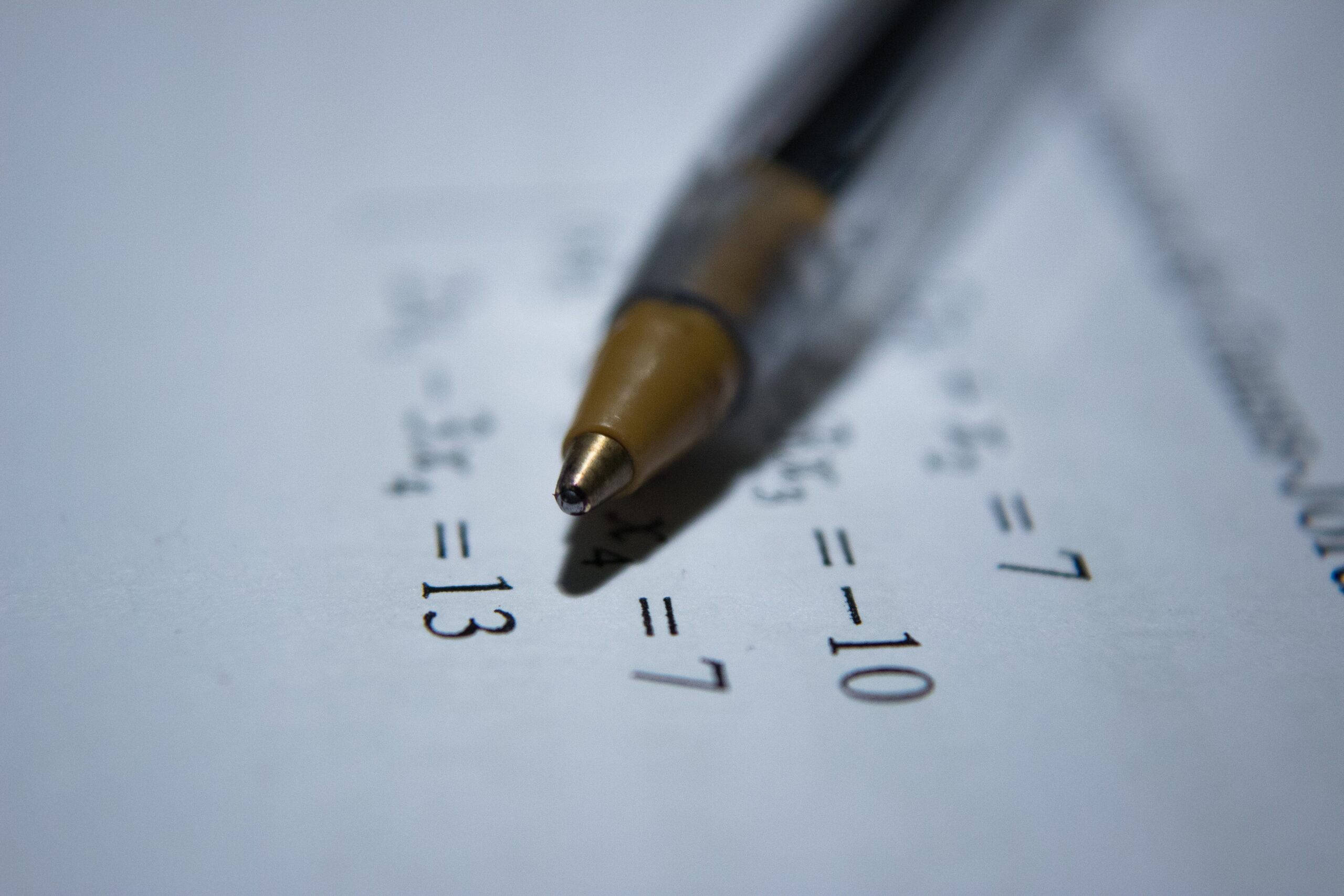 I have previously presented information about the learning disorder that affects math: dyscalculia. Sometimes known as “number blindness” it was first noted over 100 years ago. The cause is known to be genetic, so it cannot be cured. The disorder can be diagnosed with an MRI, which considers the overall activation level in cortical regions associated with number processing. Approximately “3–7% of all children, adolescents, and adults suffer from dyscalculia. Children diagnosed with dyslexia are more likely to also have dyscalculia than those without a dyslexia diagnosis.”
I have previously presented information about the learning disorder that affects math: dyscalculia. Sometimes known as “number blindness” it was first noted over 100 years ago. The cause is known to be genetic, so it cannot be cured. The disorder can be diagnosed with an MRI, which considers the overall activation level in cortical regions associated with number processing. Approximately “3–7% of all children, adolescents, and adults suffer from dyscalculia. Children diagnosed with dyslexia are more likely to also have dyscalculia than those without a dyslexia diagnosis.”
Those with the disorder “can often find they also have difficulty understanding money, time, distances, directions and so on.” Symptoms may include:
- Memorizing sequences such as the order of daily activities or days of the week
- Learning multiplication tables: learning it one day and completely forgetting it the next day
- Difficulty choosing the calculation for the numbers in a word problem
They may encounter challenges reading an analog clock. And that, in turn, could result in the inability to follow directions based on the clock face: e.g. Being aware of your “sixes” means having an awareness of something directly behind; watching at 12:00 means looking straight ahead. Furthermore, individuals with dyscalculia have difficulty distinguishing comparative size of numbers in print: For example, if the type for a 3 appears next to a smaller 5, the former will be perceived as the greater number.
Recent research shows that learners can become confident and successful in math, and even love doing it, with an individualized approach. These include general strategies like breaking concepts into smaller steps, using visual aids and providing extra practice,” Intervention should preferably start early in the primary-school years and carried out by trained specialists in an individual setting.

